When it comes to wine tasting and appreciation, the distinction between wine bouquet and wine aroma is an important one to understand.
Wine bouquet and aroma are both key elements of a wine’s flavor profile, but they can be differentiated in terms of how and when they are experienced. The former is typically detected through the nose prior to consumption, while the latter is detected as soon as the wine is consumed.
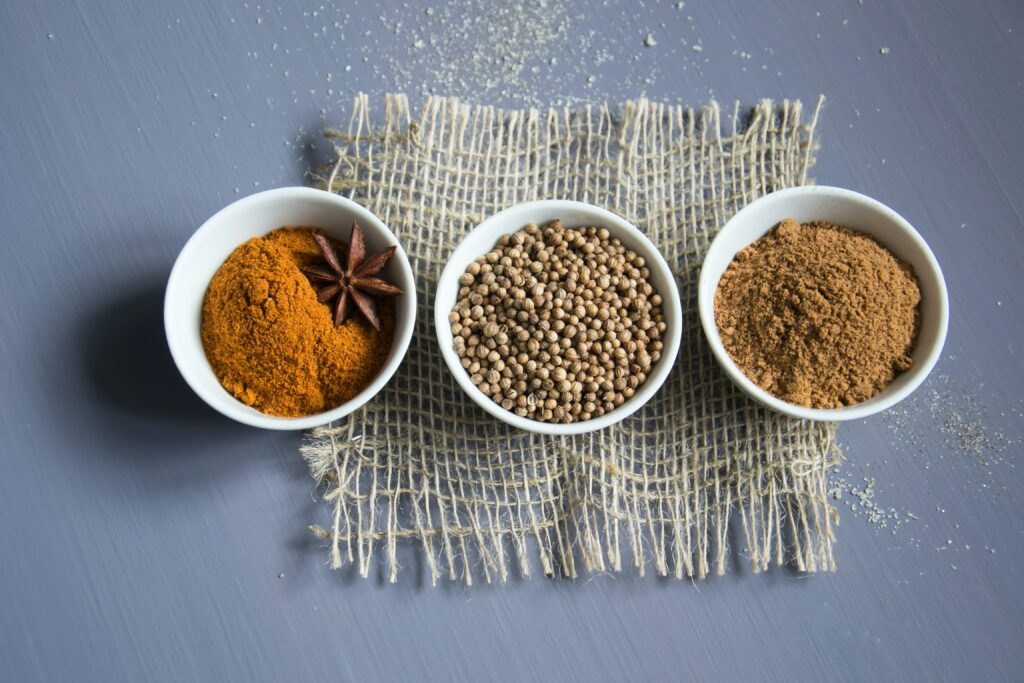
Wine Aromas (aka Primary Aromas)
The primary wine aroma is derived from the grapes from which it is made. It is largely influenced by the type of grape varietal used and the characteristics of the environment in which it was grown. Different types of soils, climates, and sunlight exposure can all affect a grape’s flavor components, resulting in unique wine aromas.
The most important factor when considering aroma in wines are their primary aromas – those that are derived directly from the grapes themselves. Volatile aroma compounds are an important part of the primary aroma compounds.
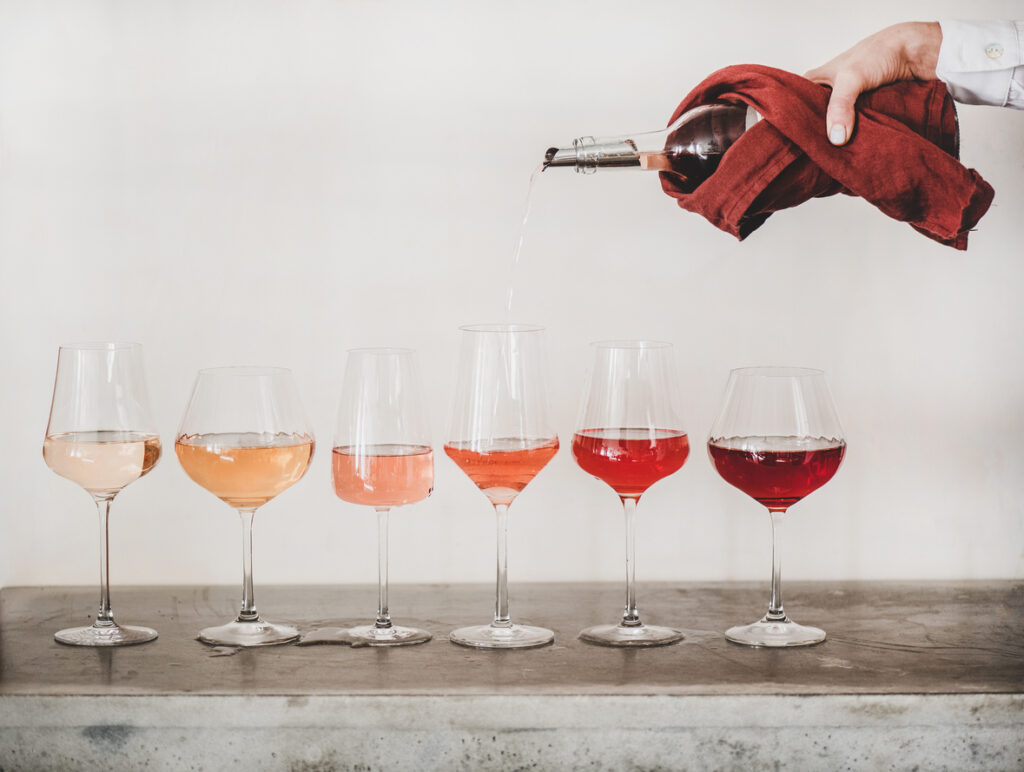
Examples include floral notes such as lily or rose petal, herbal scents like thyme or oregano, or fruit flavors like lemon-citrus or raspberry. These aromas are often broken down further into tertiary aromas such as oak barrel aging (vanilla, toastiness) or fermentation processes (yeastiness).
Wine aroma wheel
A wine aroma wheel is a tool used by winemakers to identify and categorize the odors found in wines. You surely have seen it in a wine tasting. This wheel helps them distinguish primary, secondary, and tertiary aromas in order to create complex and balanced flavors.
By understanding what each of these levels contributes to the overall flavor profile when you taste wine, winemakers can develop new recipes or enhance existing ones.
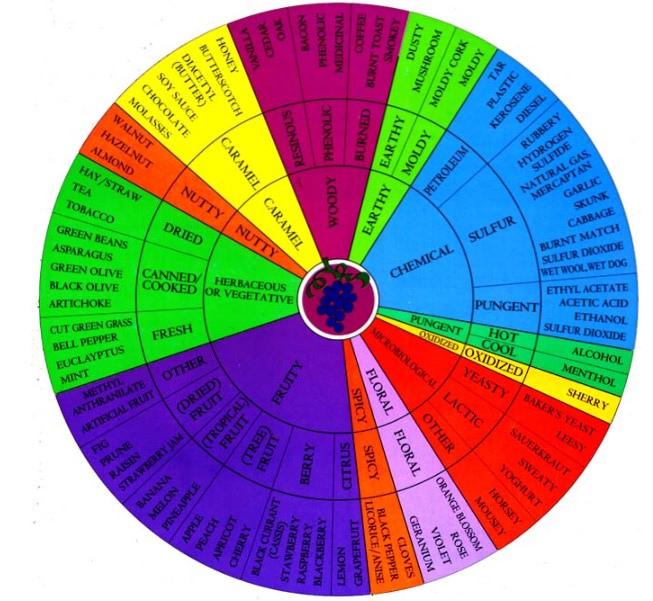
Primary aroma – wine aroma wheel
Primary aromas are those that come directly from the grapes used to make the wine. The wine’s aroma can range from fruity notes such as cherry or blackberry to earthy scents like leather or tobacco. You can find the primary aroma compounds on the inner circle of the aroma wheel.
Secondary aroma – wine aroma wheel
Secondary aromas originate during fermentation when yeast interacts with other compounds in the juice and release their own individual smells. The secondary aroma compounds are depicted on the middle circle of the aroma wheel.

Tertiary aroma – wine aroma wheel
Finally, tertiary aromas develop once wines aged. Aging happens either through oxidation or via reactions with other compounds in the barrel or bottle. Tertiary aroma compounds are on the outer circle of the aroma wheel.
Primary aroma of red wine and white wines
The primary aromas of red wine and white wine differ due to the grape variety and unique production methods used for each type. Red wine is typically made using dark-skinned grapes, while whites come from light-skinned grapes.
The skins of these grapes are responsible for the majority of a wines’ aroma and flavor profile. While both types of wine can develop a variety of different aroma molecules, there are some common characteristics that you can expect in a wine tasting when drinking either red or whites.
For red wine, the primary aroma is usually fruity with notes such as blackberry, raspberry, cherry, or plum being most commonly found. Additionally, earthy notes such as leather or tobacco may be present in some varieties.
Primary aromas of Chardonnay
The primary aroma of Chardonnay can be one of the most unique and complex experiences in the wine world. The bouquet of this grape variety is made up of a combination of delicate citrus notes such as lemon zest, bell pepper and sweet, ripe fruit aromas like baked apple. Delicate citrus notes can also be found in sauvignon blanc.
Depending on where it’s grown, its climate will also play a role in creating a signature flavor profile for each bottle. For example, cooler climates produce wines with bright acidity and sharper aromas whereas warmer climates have more intense fruit flavors that are slightly heavier on the palate.
Primary aromas of Cabernet Sauvignon
Cabernet sauvignon is a well-known red wine that offers delicious aromas and flavors. Its primary aroma is one of the most distinguishing characteristics, as it can be quite distinct from other wines. It typically has notes of blackcurrant, cedar, and tobacco with hints of bell pepper and herbal tones. The aroma can also change based on the specific terroir in which it was grown or if there’s been any oak aging involved.
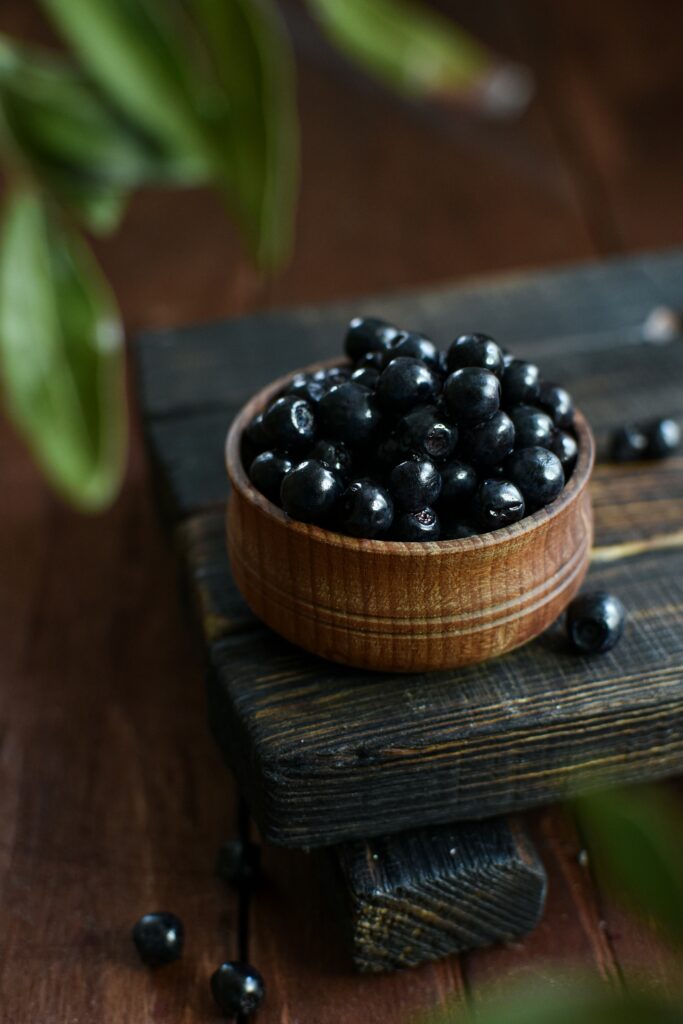
Cab Sauv grapes are known to have thick skins, making them perfect for creating full-bodied red wines with high levels of tannins. This is what gives cabernet its signature structure and strong finish.
Secondary aroma of white and red wines
Red wine and white wine have distinct secondary aromas that add complexity and dimension to the overall drinking experience. Secondary aroma is the result of fermentation and ageing processes of grapes, which are used to make wine.
The secondary aroma of a wine can range from subtle notes such as smoke, leather and tobacco to more intense aromas like bell pepper, clove and vanilla. Red wines tend to have more intense secondary aromas due to their longer fermentation period compared with whites.
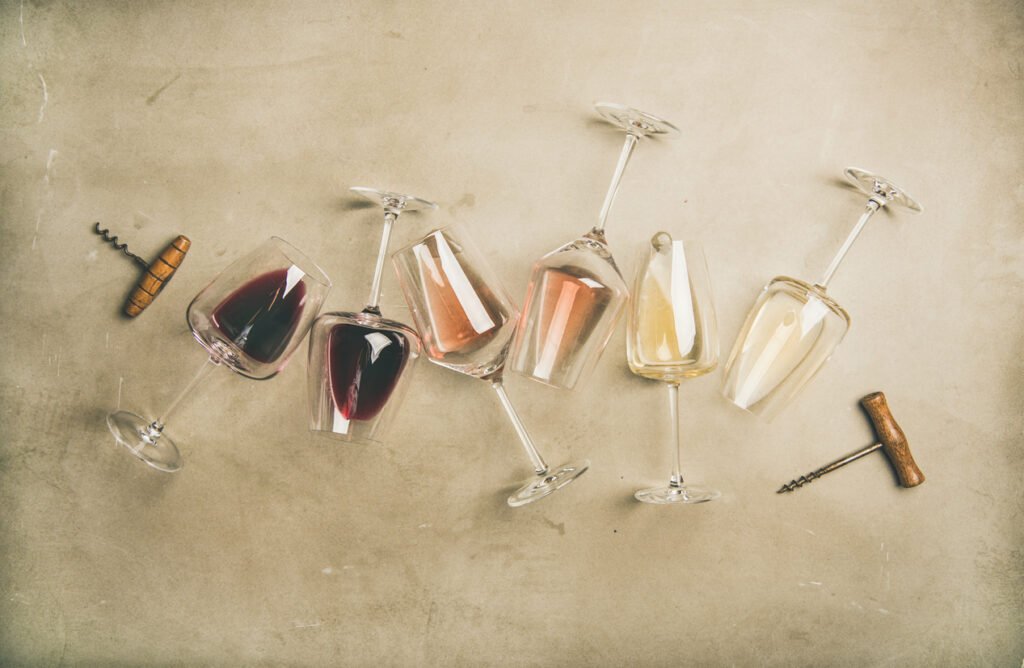
During the fermentation process for red wines, tannins are extracted from the skins which give them a richer texture and deeper complexity in taste than white wines.
Furthermore, the maturation of the young wine helps bring out tertiary aromas such as caramel, dried fruit or mushroom-like smells that add further layers of complexity to reds.
Secondary aroma of Chardonnay
Generally, unoaked Chardonnay is characterized by freshness and lightness in body with aromas and flavors of green apple, citrus, stone fruit, melon, tropical fruit and blossom. Sauvignon blanc and unoaked Chardonnay share this aroma profile.
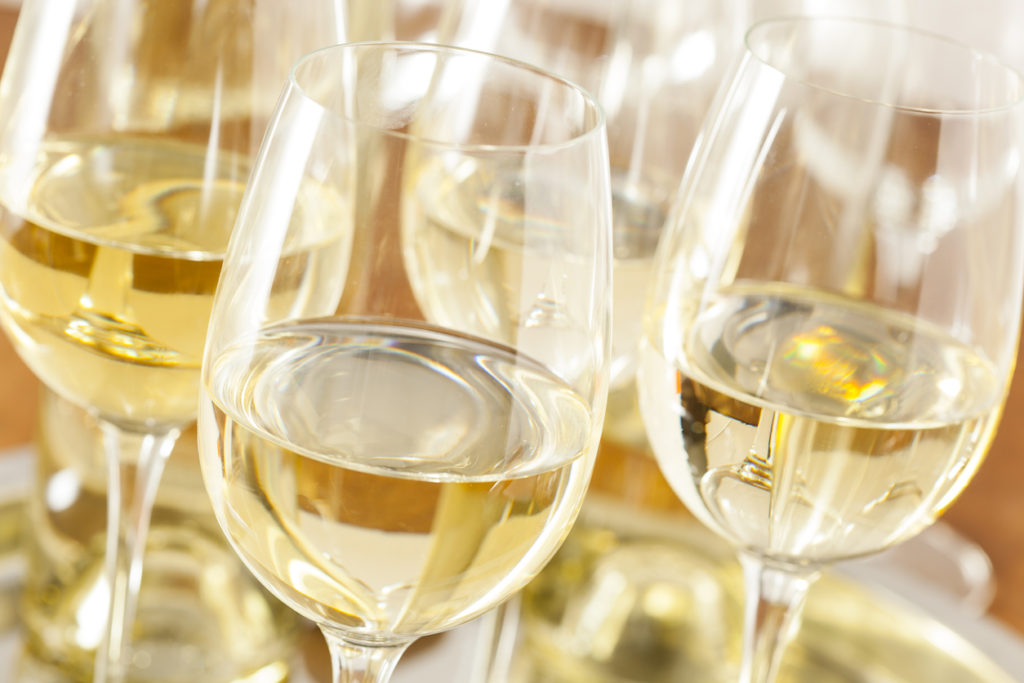
Secondary aromas are derived from different processes such as malolactic fermentation or aging on the lees. They contribute to a unique set of flavors such as butter, creaminess, yeast bread dough or even nutty notes.
Compared to oaked Chardonnays which possess bolder flavors due to oak contact during production, unoaked Chardonnays are lighter in style but still offer complexity in their own right.
Secondary aroma of Cabernet Sauvignon
Cabernet Sauvignon is an iconic red wine that is known for its robust flavor. These secondary aromas are often described as earthy, herbal or spicy.
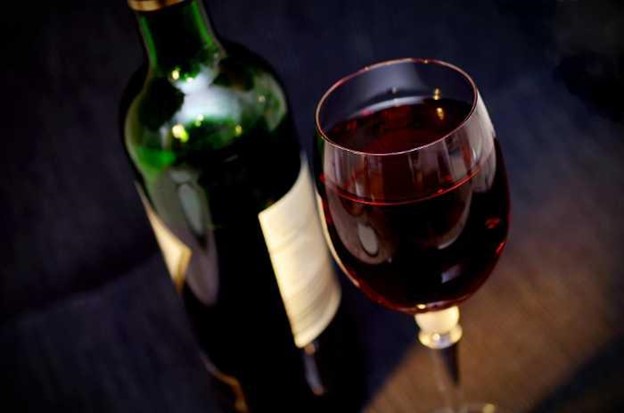
Spices are particularly prominent in the aroma of Cab Sauv. These spices can range from subtle notes of clove or pepper to more intense notes of cinnamon or nutmeg. Additionally, other secondary aromas such as leather, tobacco and cedar may be detected depending on the specific terroir where the grapes were grown and how they were handled during winemaking.
Tertiary aroma of wine
Wine is a complex beverage with numerous flavors and aromas that can tantalize the senses. Ageing of wine generates tertiary aroma compounds through oxidation of
Tertiary aromas are often described as earthy, nutty, or even leather-like in nature. This unique character can be found in virtually all types of wines. Particularly those which have had time to spend in oak vats or cellars before being released for sale.
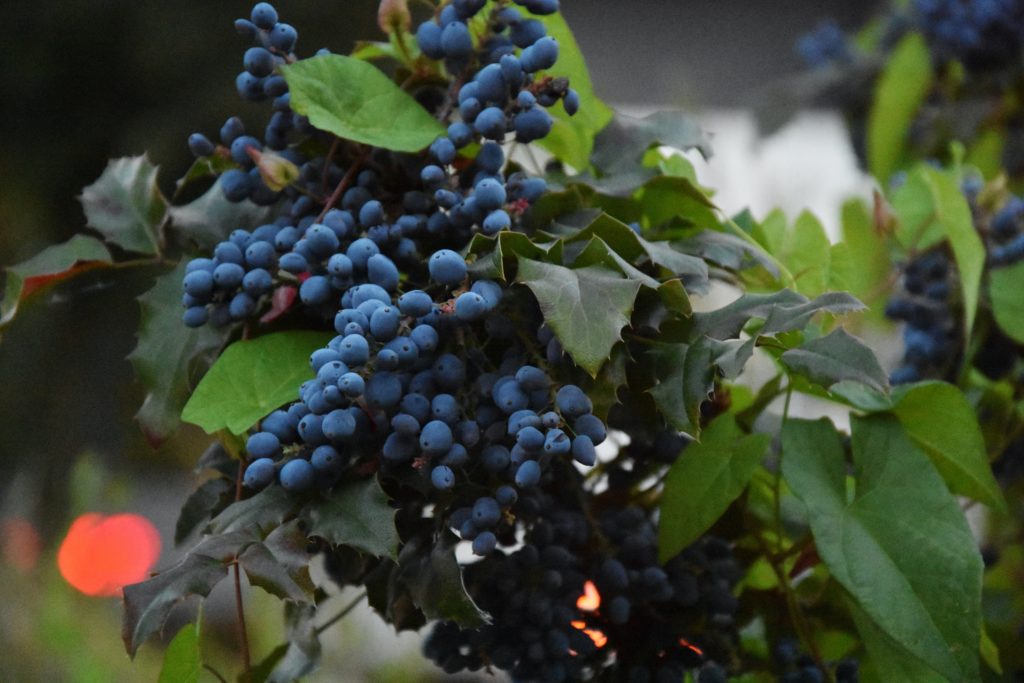
As grapes mature during their growing season and eventually become harvested into wine, this aging process creates new flavors and aromas. They form from additional chemical interactions with oxygen molecules present in the environment.
How Does Oak Affect the Aromas of a Wine?
Oak is a key component in the production of wine, and has a powerful impact on the aroma. The wood of an oak barrel adds unique qualities to a wine’s flavor profile, including subtlety and complexity. Oak can give wines an array of aromas, such as vanilla, coconut, or smokey notes.
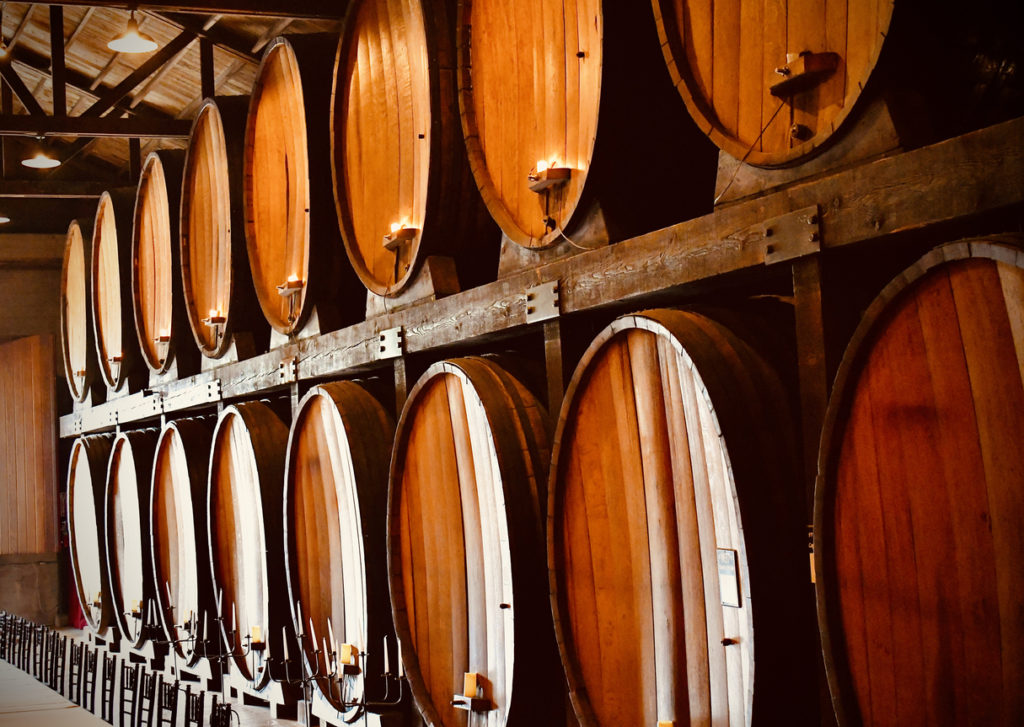
When oak barrels are used to age wine, tannins from the wood interact with molecules from the liquid inside. This process is known as “oak extraction”. It can last anywhere from three months to five years. This depends on how large the barrel is and how long it’s been used for aging.
During this process, compounds like vanillin are released into the liquid. The liquid gives off flavors such as vanilla, toastiness or even smokiness. The longer a wine spends in oak barrels the more intense these flavors will be.

